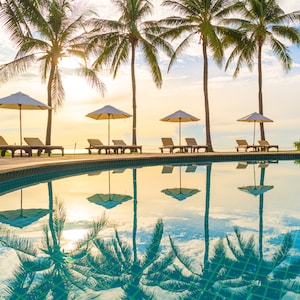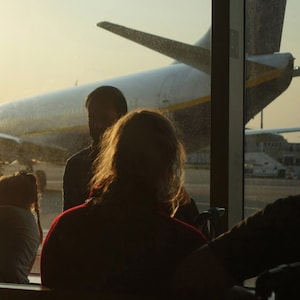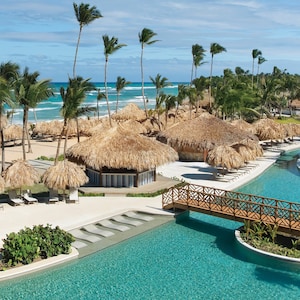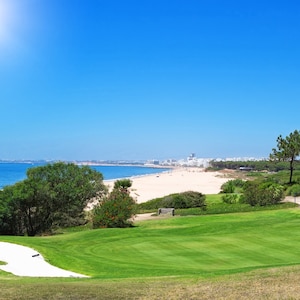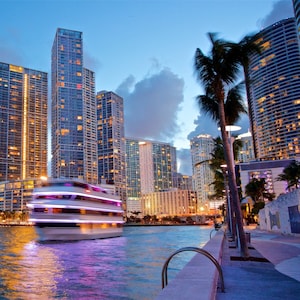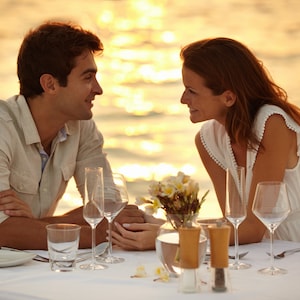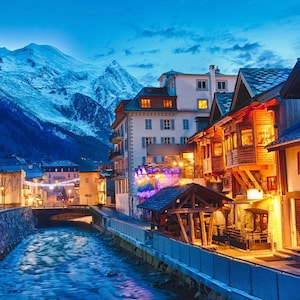
Madagascar Holidays
Book a Hotel + Flight or Car together to unlock savings
- Plan, book, travel with confidence
- Better togetherSave up to AU$703 when you book a flight and hotel together*
- Find the right fitWith over 300,000 hotels worldwide, it's easy to create a perfect package
- Rest easyPlan, book, and manage your trip all in one place
Your Madagascar Holiday
When adventure calls, answer it with a tailor-made holiday package to Madagascar. Wherever it is you're going and whatever your plans are, prepare to discover a destination that'll make you feel alive. Your trip to Madagascar wouldn't be complete without spending some time in its best cities, starting with Antananarivo. Two of the most popular attractions here include Analakely Market and Independence Avenue. Mahajanga should also be on the itineraries of all Madagascar travellers. Visitors to this exciting destination enjoy Aqualand Park and Cirque Rouge. If you're ready to stop dreaming and start packing, Expedia will help turn your Madagascar holiday into reality.
Top destinations in Madagascar
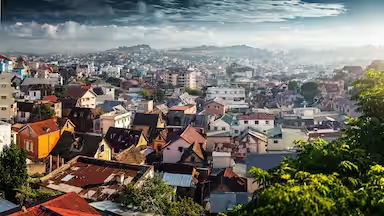
Antananarivo
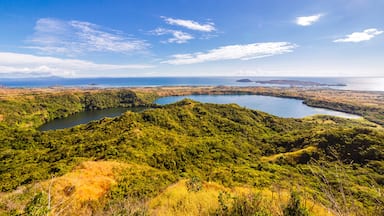
Nosy Be
Madagascar Essential Information
Language | Malagasy |
|---|---|
Currency | Malagasy ariarys |
Closest Airport | Ivato Intl. Airport (TNR) |
Population | 22,924,900 |
Top Sights | Madirokely Beach, Grand Pavois Beach and Lokobe National Park |
Our pick of the best Madagascar Hotel Deals

Relais des Plateaux
I would give this hotel an "excellent" rating were it not for the restaurant, which seems pretentious. Otherwise, excellent room, great sleep quality, lovely grounds and not far from the airport. Good staff too.
Reviewed on 16 Oct 2025

Radisson Blu Hotel Antananarivo Waterfront
Amazing
Reviewed on 20 Nov 2025

Andilana Beach Resort
The resort was beautiful. The beach, the pool were fantastic and the rooms were good. They offered some good excursions and the kids club team were great with our daughter. On the negative side, Andilana Beach Resort targets a very specific demographic, Italians. This should have been highlighted ...
Reviewed on 2 Jan 2025
Frequently asked questions
Discover the most popular places to visit in Madagascar
Lokobe National Park
Explore the great outdoors at Lokobe National Park, a lovely green space in Nosy Be.
Tsimbazaza Zoo
Meet the animals who live at Tsimbazaza Zoo during your travels in Antananarivo. Make some time to visit the spas while you're in the area.
Ile Sainte-Marie Pirates Cemetery
You can find out about the history of Nosy Boraha when you stop by Ile Sainte-Marie Pirates Cemetery. Stroll along the beaches or visit the spas while you're in the area.
